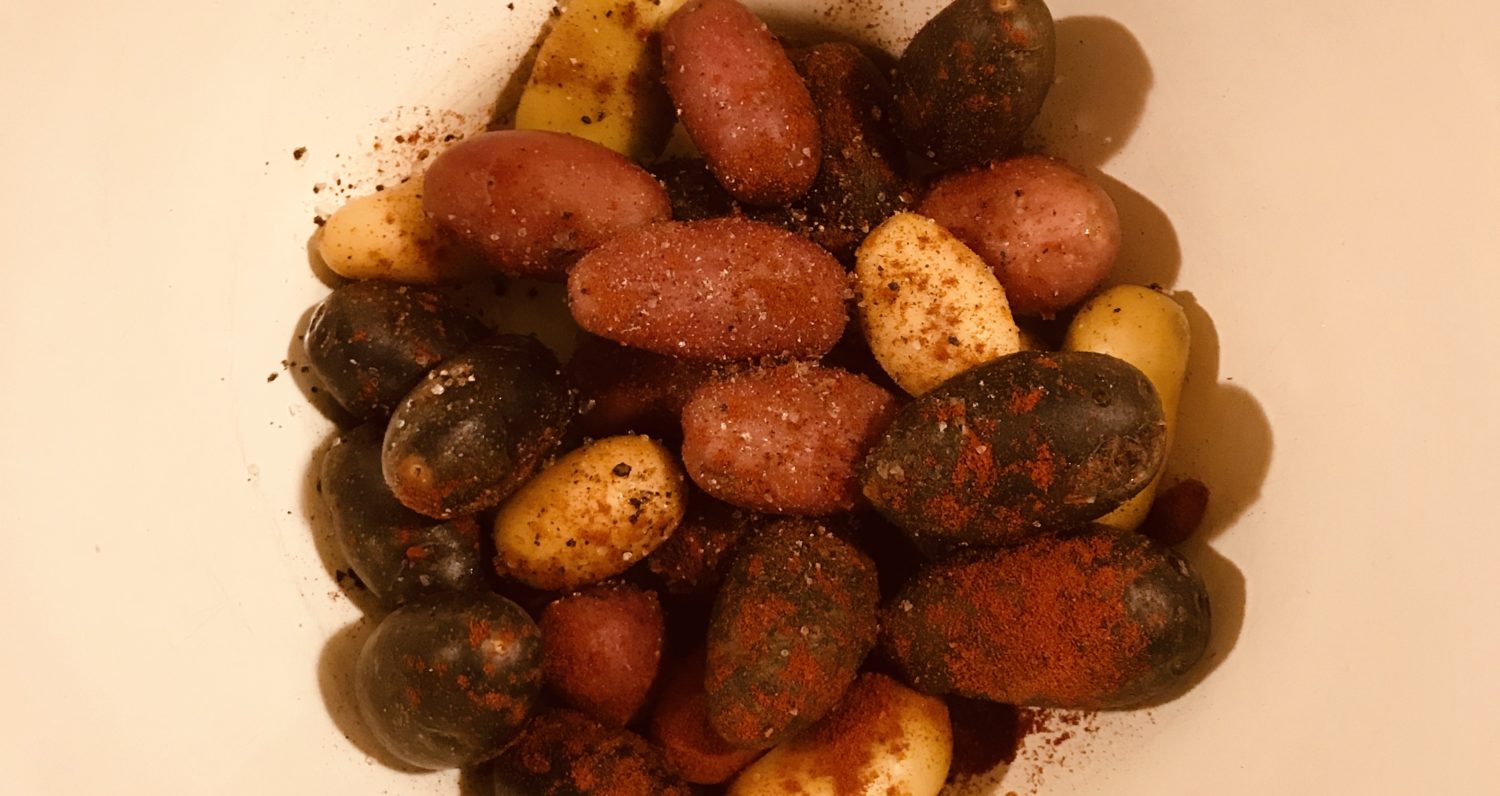
Alcohol: because no great story ever started with someone eating a salad; a statement emblazoned on T-shirts and Facebook posts letting you know that the owner cannot be bothered to ever eat something other than large hunks of meat accompanied by copious amounts of cheap booze. A sign that the humble salad has been, at least in American society, been equated with weakness and boring food.
And it is boring, when you do it wrong.
That’s the problem with salads; nobody puts enough effort into them to make them worthwhile. Just throw some lettuce and limp tomatoes and cucumbers together and it’s a thing, right? This mentality turns the humble salad into an afterthought to the meal, the guest you begrudgingly invite to the dinner party, instead of a delicious way to add things like vegetables that you need to live to your daily diet. Luckily, the first way you can make your salads worth eating is by learning how to make a solid vinaigrette.
Jump to RecipeThe best part about a solid vinaigrette is its simplicity, and when we talk about a vinaigrette, we’re really talking about two things: ratio and emulsification. Let’s talk about the latter first.
Emulsification is (in its easiest form) what helps keep two things together that don’t want to be together; in this case, oil and vinegar. Mayonnaise makes use of this by beating the ever-loving shit out of lemon juice (acid) and oil (fat), while using egg yolk as the emulsifying agent. In our vinaigrette recipe, we’ll be using mustard as the emulsifying agent and an immersion blender to save ourselves the carpel tunnel syndrome. If you do not have access to an immersion blender, I recommend a glass jar with a tight fitting lid and your best bartender shake.
The former is really quite simple. A vinaigrette is based on a 3:1 ratio of oil to vinegar. Or fat to acid or water, if you will.
This is a pretty simple way of looking at things. All you need for a basic vinaigrette after this is some mustard and some salt and pepper. Mustard acts as an emulsifier; a binding element to keep two things (oil and water) together when they don’t want to be together. The immersion blender helps with this as it speeds up the process of combining all of these things together. What a wonderful world we live in.
Vinaigrette is as easy as this: 3 parts oil (as neutral oil as possible: canola, vegetable, or something like that) to 1 part vinegar or citrus juice. Add a spoonful of mustard and some salt and pepper. The rest is gravy… so to speak.
Basic Vinaigrette
Equipment
- Immersion blender.
Ingredients
- 50 ml Vinegar Anything other than distilled vinegar
- 150 ml Neural oil
- 1 tbsp Honey (or other sweetener)
- 1 tbsp Mustard
- Salt & pepper to taste
Instructions
- Add the vinegar to the measuring cup.
- Add the oil. They both should easily separate.
- Add the mustard, salt & pepper, and any other ingredients that you're using.
- Blend with the immersion blender until smooth.
- Don't overdress your salad.
Pro tips:
- Don’t overdo the mustard or honey, unless you want Honey-Mustard Vinaigrette.
- Add a spoonful of Miso, a tbsp. of sesame oil, and some grated ginger for a vaguely “Asian” vinaigrette.
- Swap the vinegar for lime juice and add some cilantro (this only really works if you’re using the immersion blender). This should take a couple of good-sized limes.
- Add a small, de-stemmed, heirloom tomato (cut up to make blending easier), some paprika, and onion powder to make a Catalina dressing that isn’t made entirely of ketchup.
- Dress your salad just before you serve it; don’t let it sit around getting limp and gross.
- Dressing will keep in the refrigerator for about 7-10 days.
